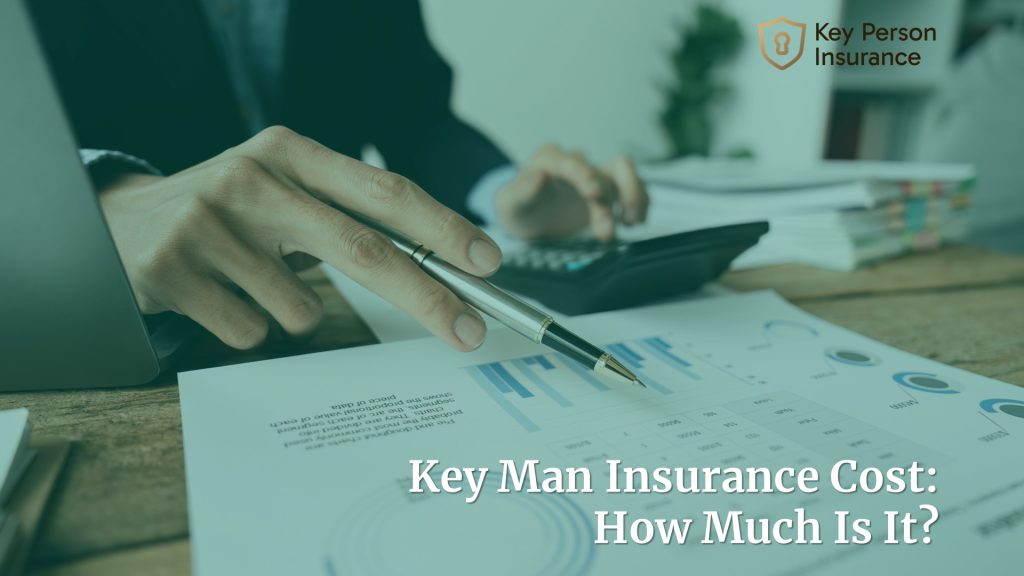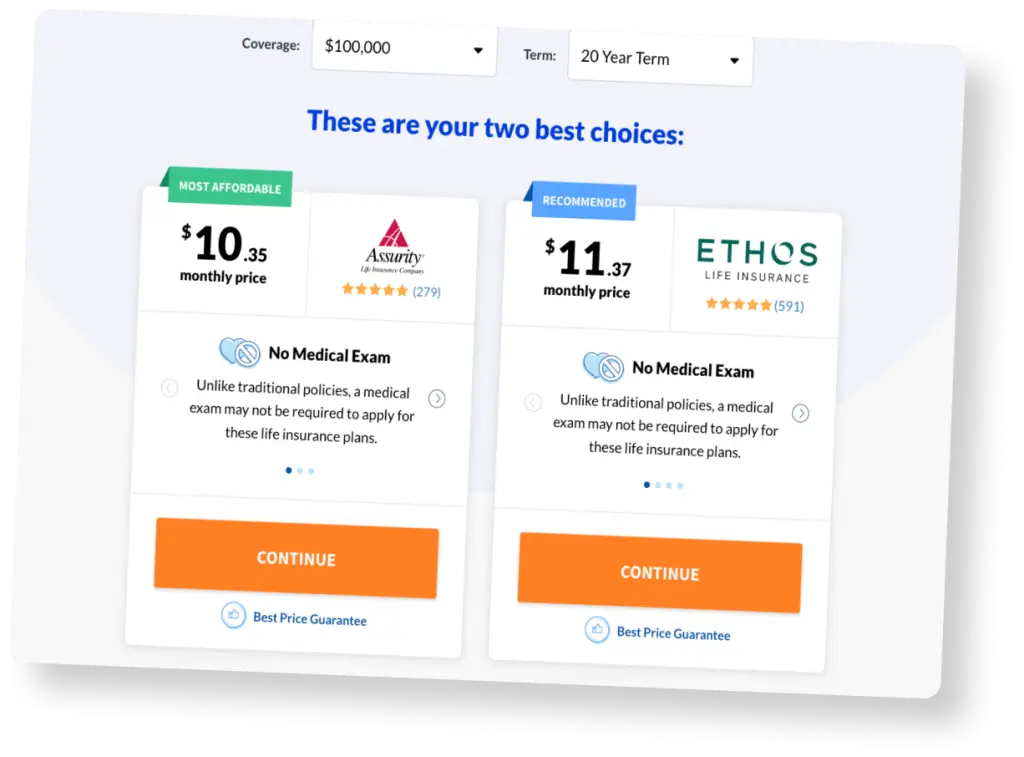Understanding the cost of key man insurance is important for any business that relies on key employees. Key person insurance, also known as key man insurance, is a type of business insurance that protects against financial loss if a critical employee dies or becomes disabled. This cost can vary based on several factors, including the type of key man insurance policy, the employee’s role, and the size of the business.
Term life insurance policies are generally less expensive than permanent insurance because they cover a fixed period and do not accumulate cash value. As businesses evaluate the need for key man insurance, it’s important to assess the key employees’ contributions and the potential financial impact of their absence. This assessment helps determine the right amount and type of coverage needed.
If a business decides to invest in key man insurance, it’s also necessary to understand the potential tax implications. In many cases, premiums for this type of insurance are not tax-deductible. However, in the event of a claim, the death benefits are typically received tax-free by the company. Exploring additional coverage options, such as a key person disability income rider, can provide further security and flexibility for the business.
Key Takeaways of Key Man Insurance Cost
- Key man insurance helps protect a company from financial loss when a key employee is lost.
- Understanding the key person insurance cost, and it’s benefits.
- Premiums are generally not tax-deductible, but benefits can be tax-free.
Understanding Key Man Insurance
Key man insurance, also known as key person insurance, is a life insurance policy taken out by a business to protect against the financial impact of the loss of a critical team member.
What is Key Person Insurance?
Key person insurance is a life insurance policy businesses purchase to cover individuals who are vital to the company’s success. This could be a CEO, a top salesperson, or any key employee whose death would significantly harm the business. The business pays the premiums and is the beneficiary of the policy, receiving financial support if the key person passes away or becomes permanently disabled.
Such policies can help cover costs like recruitment and training of a replacement, loss of profits, or even debt repayment. It provides a financial buffer and helps maintain stability during a tough transition period. Businesses can assess the amount of coverage needed based on the key person’s contribution to the company.
Key Man Insurance vs. Regular Life Insurance
Key person insurance is focused on the needs of a company rather than individual family protection. Unlike regular life insurance, which benefits personal beneficiaries, key man insurance financially supports the business. The policy is owned by the company, and the business pays premiums, while securing financial aid if a crucial team member is lost.
In contrast, regular life insurance policies, such as term or whole life insurance, are meant to provide for the insured person’s family or personal estate in case of their death. This difference highlights how key person insurance is a strategic business decision to guard against major disruptions.
Types of Key Person Insurance Policies
There are several types of key person insurance policies available, including term life insurance and permanent life insurance. Term life insurance is typically less expensive and covers a specific period, like 10 or 20 years. It’s suitable for shorter-term financial protection.
Permanent life insurance, which includes whole and universal life insurance, provides coverage indefinitely, as long as premiums are paid. Whole life insurance offers fixed premiums and a cash value component, while universal life insurance provides flexibility in premiums and death benefits. These types provide financial security, allowing businesses to find a policy that best suits their needs.
Determining Key Person Insurance Costs
Key person insurance costs depend on several factors. These include the individual’s role in the company and the methods used to estimate costs. Understanding these elements can help you make informed decisions.
Cost Factors for Key Man Insurance
Key person insurance cost varies based on several factors. First, the insured person’s salary plays a significant role. A higher salary often means a higher insurance premium. Additionally, the person’s importance to the company is crucial. Their unique skills or contributions can increase costs.
Another factor is the method used to calculate the cost. The replacement cost method considers expenses to hire and train a new employee. On the other hand, the multiple of compensation method involves multiplying the key person’s earnings by a factor, usually between five and ten. This calculation helps determine the coverage needed for the business.
Estimating Insurance Premiums
Estimating insurance premiums involves assessing several components. The age and health of the key person affect premiums greatly. Younger and healthier individuals typically attract lower premiums. Another consideration is the type of policy the business chooses. Term life insurance can be more affordable than other options.
The coverage amount directly impacts the premium cost as well. Choosing a higher coverage leads to increased costs. Additionally, businesses may choose a revenue-based method to estimate costs. Here, the company estimates how much revenue would be lost if the key person could no longer work. This approach helps pinpoint a suitable coverage level for the business’s needs.
The Value of Key Employees
Key employees are crucial to the success and stability of a business. Their roles influence revenue, help ensure business continuity, and their absence can lead to significant financial loss and high replacement costs. Understanding their value is important for small businesses.
Recognizing a Key Employee’s Role
A key employee is someone who plays an essential part in a company’s operations. They might have unique skills, in-depth knowledge of products or services, or strong relationships with clients. In many small businesses, these individuals are irreplaceable due to their specialized expertise or ability to lead teams. Businesses should identify these employees to safeguard their contributions. Protecting their interests is vital as any disruption could impact the overall business effectively.
Impact on Revenue and Business Continuity
Key employees often drive major revenue streams. They can innovate, solve complex problems, and improve efficiency. If such a person leaves unexpectedly, the immediate financial loss can be substantial. Business continuity may also suffer as the time and cost to recruit and train a suitable replacement can be high. For small businesses, this can threaten stability. Planning for this ensures that risks are mitigated, maintaining revenue, and continuity.
Tax Implications of Key Man Insurance
Key man insurance has specific tax implications that business owners need to understand. These implications mainly revolve around the handling of insurance premiums and guidelines set by the IRS.
Tax Treatment of Insurance Premiums
When it comes to key man insurance, the premiums paid are not generally seen as tax-deductible. Unlike some other business expenses, businesses can’t usually reduce their taxable income by claiming these premiums.
However, in certain situations, if the policy is considered a form of corporate-owned life insurance, the treatment might differ. Businesses should evaluate their specific circumstances to see how premiums can be treated. It’s essential for them to consult with a tax advisor to ensure they are following the proper steps when including key man insurance premiums in their financial reports.
IRS Guidelines and Considerations
The IRS has specific rules for handling key man insurance. For instance, they detail under which circumstances the proceeds from such a policy might be taxable. Most of the time, the benefits received from these policies are tax-free, but exceptions exist.
Understanding sections like Section 264(a)(1) and Section 1.264-1(a) of the Internal Revenue Code is crucial for businesses. Companies need to carefully follow these guidelines to avoid unexpected tax liabilities. It’s beneficial for business owners to work closely with tax professionals to ensure compliance with all IRS regulations.
Additional Coverage Options
Businesses often need extra protection beyond basic key man insurance. This can include options like disability insurance, which supports the business if a key person becomes disabled, and insurance riders, which customize policies further.
Disability Insurance for Key Persons
Disability insurance is a crucial addition for many companies. If a key person becomes unable to work due to injury or illness, this coverage provides financial support. It ensures that the business can continue to operate by covering the costs of hiring temporary help or covering the lost income.
Policyholders can often choose from different levels of disability coverage, which typically pay between 40% and 70% of the key person’s income. This flexible, customizable coverage is designed to match the specific needs of the business. However, it is important to evaluate each option carefully to ensure adequate protection for both the key person and the business.
Insurance Riders and Endorsements
Insurance riders offer businesses the chance to adjust key man insurance policies to better fit their needs. These riders can include options for additional coverage, such as a key person disability income rider, which provides extra security beyond standard life insurance coverage.
By adding riders, companies can tailor policies with benefits like cash value accumulation or extended coverage periods. Each rider or endorsement enhances the policy’s functionality, making it a valuable component of the company’s risk management strategy. It’s possible to mix and match different riders to build a policy that provides comprehensive protection against various unforeseen events.
Buy-Sell Agreements and Succession Planning
Key employee insurance is an essential component in buy-sell agreements. Buy-sell life insurance agreements are designed to manage the ownership transition upon the death or departure of a key individual. The insurance policy provides the financial means to buy out a deceased partner’s shares, ensuring smooth succession planning.
By securing funds through key man insurance, businesses can avoid forced sales or ownership disputes. It provides a predetermined funding source to ensure stability and continuity in company operations and management.
In addition, this insurance helps to protect the remaining partners or shareholders in the company. It eliminates the financial burden that can arise in the event of a key partner’s unexpected departure, helping to preserve the business’s value and long-term success.
Frequently Asked Questions about Key Man Insurance Cost
What Factors Affect the Monthly Premiums for Key Man Insurance?
Monthly premiums depend on the key employee’s age, health, and the chosen policy type. Businesses also need to consider the coverage amount and policy duration. Reviewing these factors with an insurance advisor can help tailor the best plan.
What Are the Tax Implications for a Company Purchasing Key Man Life Insurance?
When businesses pay premiums for key man insurance, these are generally not tax-deductible. Additionally, the death benefits collected may be tax-free if the policy is structured correctly, providing a financial cushion for the company.
Is Key Person Insurance Tax Deductible for Businesses?
Key person insurance premiums are typically not tax-deductible as a business expense. However, companies can sometimes negotiate their tax situation by working with financial advisors to understand specific rules applicable to their circumstances.
What Happens to Key Man Insurance Coverage If the Insured Employee Resigns?
If the insured employee resigns, the business can choose to either cancel the policy or transfer it to cover another key employee. Companies should evaluate their ongoing needs and adjust the policy accordingly to maintain appropriate coverage.
Conclusion and Summary of Key Man Insurance Cost: Understanding Your Investment
Determining how much coverage a business needs is essential when purchasing key person insurance. Without adequate key person coverage, companies risk financial instability if a key person dies. Business life insurance ensures that organizations can recover from such losses by covering expenses like recruitment, training, and revenue gaps.
The amount of key person insurance needed depends on the individual’s role and their impact on the company’s operations. Investing in key person life insurance provides peace of mind and financial security, helping businesses navigate unexpected challenges with confidence.
trusted by 5,000+ clients
Get Personalized Quotes Tailored to Your Company’s Needs














